Oil on panel, late 16th century.
This portrait depicts Mary Stuart (1542–1587), Queen of Scots (and briefly Queen of France). The refined style is characteristic of the school of François Clouet, official portraitist of the last Valois kings. Likely painted in the late 16th century (circa 1570), it reflects the artistic influence of the French court, where Mary was raised before returning to Scotland.
The queen is shown in half-bust against a dark, neutral background, which highlights the brightness of her face and the elegance of her attire. Her pale, delicately modeled face, with youthful and regular features, reflects the aristocratic ideals of Renaissance beauty: a high forehead, composed gaze, and subtle lips. Her hairstyle is partially concealed beneath a stiff black headdress adorned with a gold braid.
Mary Stuart wears a richly decorated black dress, likely velvet, embellished with jewels and set with pearls. This attire reflects both the codes of princely mourning—especially after the death of her husband François II in 1560—and the majestic representation of sovereignty. A white, pleated ruff delicately frames her neck, in a theatrical display of power and refinement.
This painting is part of a well-established corpus of portraits of Mary Stuart, produced by the workshop or circle of François Clouet.
The work can be compared to several portraits held in major institutions: Musée Condé (Chantilly), Musée Carnavalet (Paris), the Royal Collection (United Kingdom), and the Victoria & Albert Museum (London).
This portrait illustrates a rare variation, blending ornamental precision with sober frontality, probably intended for diplomatic circulation or the queen’s close entourage. While it may not be the original commissioned from Clouet, it could originate from the workshop practice or from a skilled painter in his immediate circle.
This painting is a valuable testimony to 16th-century royal iconography and to the way Mary Stuart was represented and perceived within the political and artistic context of her time.
The work is in good condition, with a small loss noted at the lower right corner.
A beautiful network of age-related craquelure attests to the portrait's antiquity.
We are selling it as found, in original condition (“dans son jus”), leaving it to the buyer to decide whether or not to have it cleaned.
Sold without frame.
Dimensions: 20.5 x 16 cm
We are looking for old portrait, please feel free to contact us.
Photos taken in natural light.
Careful packaging.
Shipping costs are the responsibility of the buyer.
I remain at your disposal for any further information or additional photos.





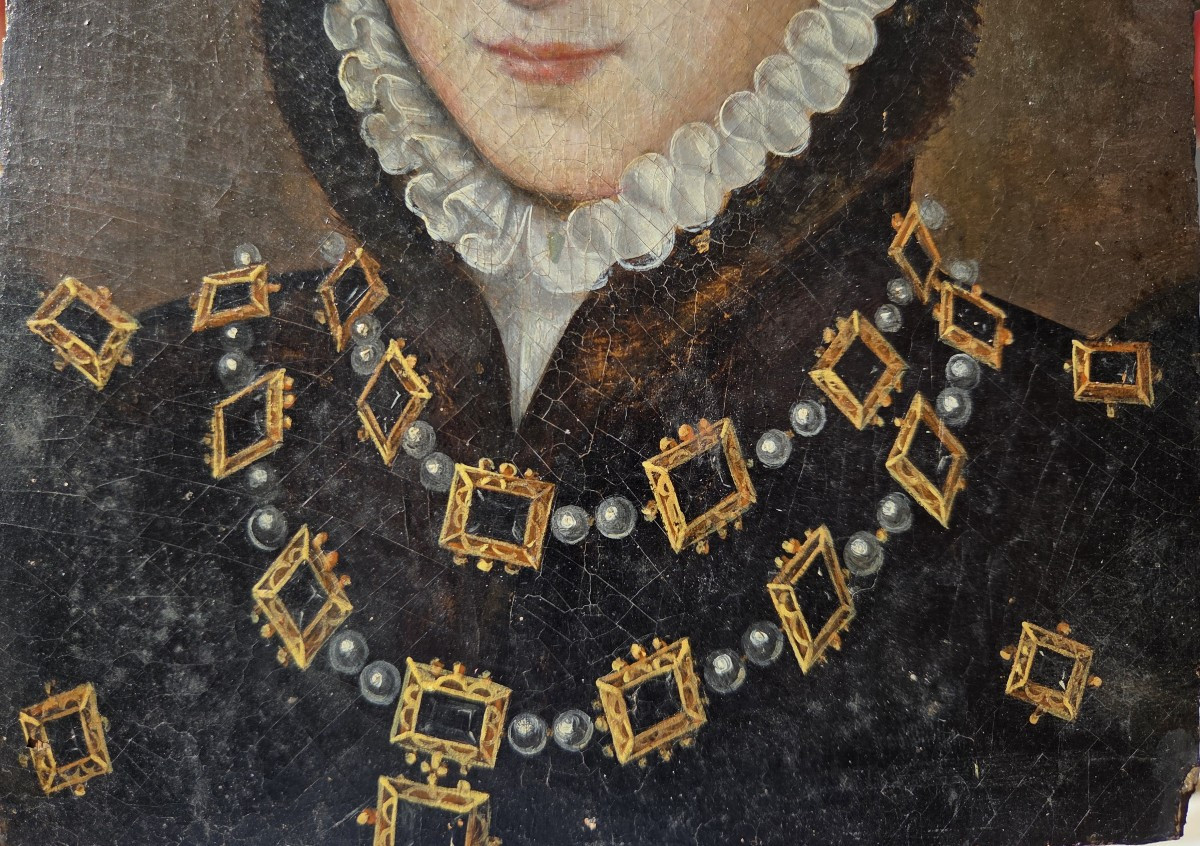
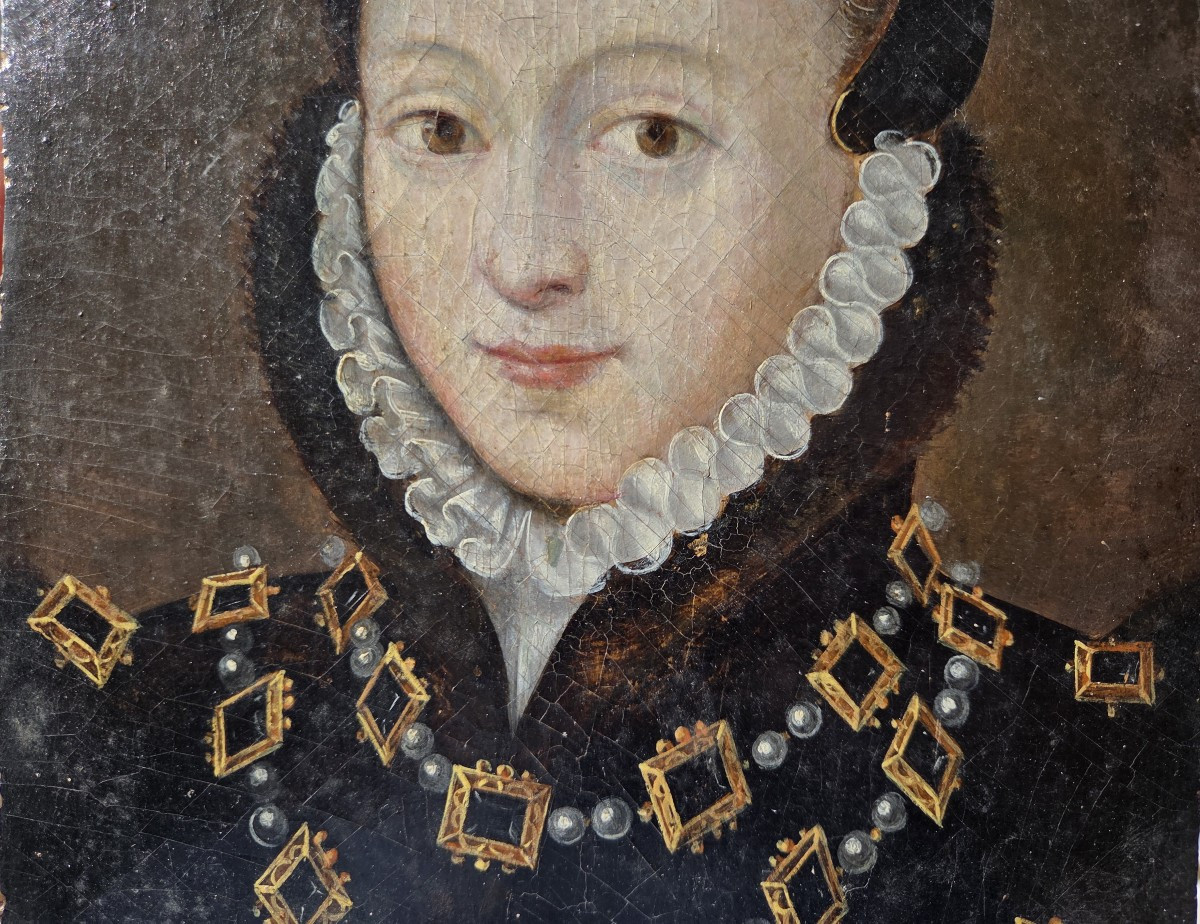









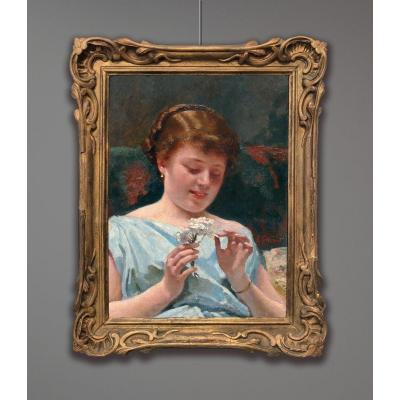
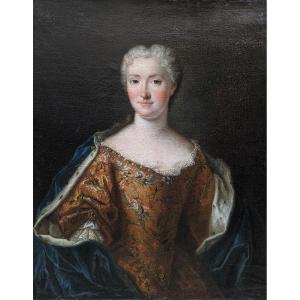
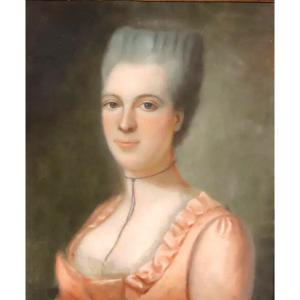






 Le Magazine de PROANTIC
Le Magazine de PROANTIC TRÉSORS Magazine
TRÉSORS Magazine Rivista Artiquariato
Rivista Artiquariato
